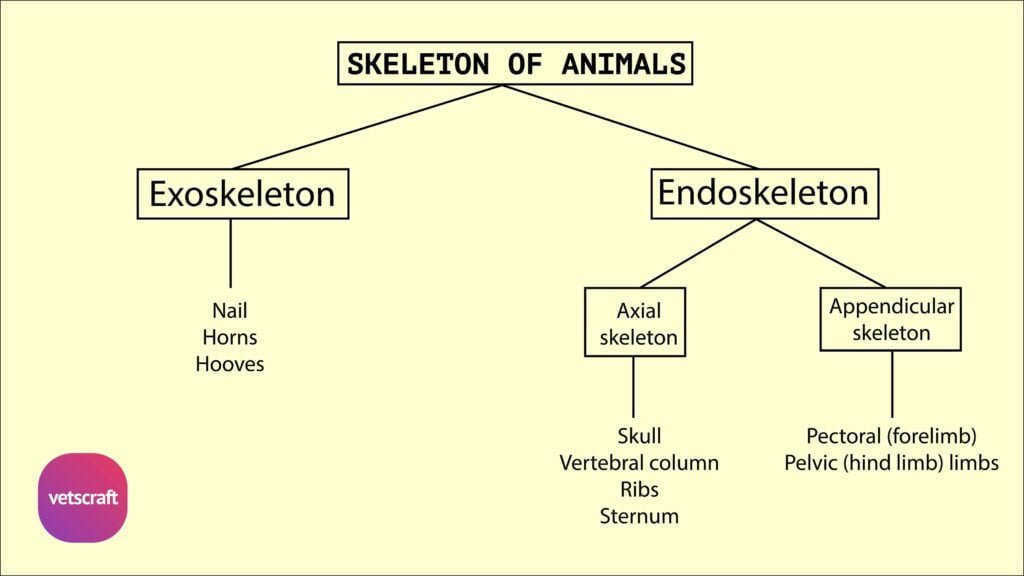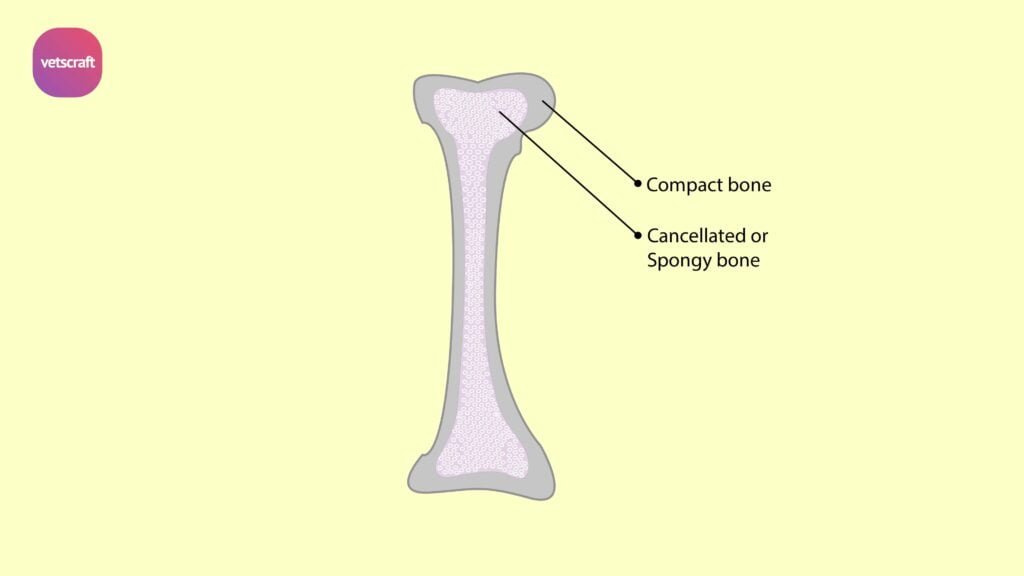TABLE OF CONTENTS
Classification of Eggs in Animals
The animal eggs are classified according to the following criteria- Amount of yolk, Distribution of yolk, Presence or absence of shell and Type of development.
According to the amount of yolk
- Alecithal: Yolk is absent. If present, it is in a negligible quantity. E.g. Mammals.
- Microlecithal: The eggs containing small amount of yolk and they can also be called as oligolecithal eggs. E.g. Amphioxus.
- Mesolecithal: Moderate amount of yolk is present in these eggs. E.g. Amphibians.
- Macro/Megalecithal: Enormous amount of yolk is present. E.g. Reptiles and Birds.
According to the distribution of the Yolk within the cytoplasm of eggs
- Isolecithal: The amount of yolk is small and scattered fairly and evely throughout the cytoplasm. E.g Amphioxus.
- Telolecithal: The distribution of yolk is unequal. It is collected more at lower part (Vegetal pole) than at the upper part (Animal pole). E.g. Amphibians.
- Centrolecithal: The amount of yolk is large and it is concentrated in the center of eggs. E.g. Insects.
- Discoidal: The amount of yolk is enormous and occupies the major portion except a small disc shaped area of cytoplasm called the Blastodisc. The blastodisc is found at the top of the yolk mass. E.g. Reptiles and Birds.

According to the presence/absence of shell
- Cleidoic (box-like): These eggs are laid on dry land, self contained, fully laden with yolk and surrounded by albumin and a waterproof shell. E.g Reptiles and Birds.
- Non-cleidoic: These eggs are laid in water and are not protected by the shell. E.g. Amphibians.
According to the type of development
- Determinate/Mosaic eggs: In the development of certain animals, the fate of each and every part of the egg is fixed before or at the time of fertilization. If a particular portion of the egg is removed, the developing embryo will be deficient in particular organ. E.g. Annelids and Arthropods.
- Indeterminate/ Regulative eggs: In this type, there is no predetermination and the fate of various parts of eggs is usually not fixed until the cleavage divisions (8-cell stage) completed. So at this stage if any of the blastomeres (the cells resulting form cleavage) are separated, each blastomere can develop as a whole embroyo. The ability of the balastomere to develop into a whole embryo is known as Totipotency. E.g. Chordates and Echinoderms.

